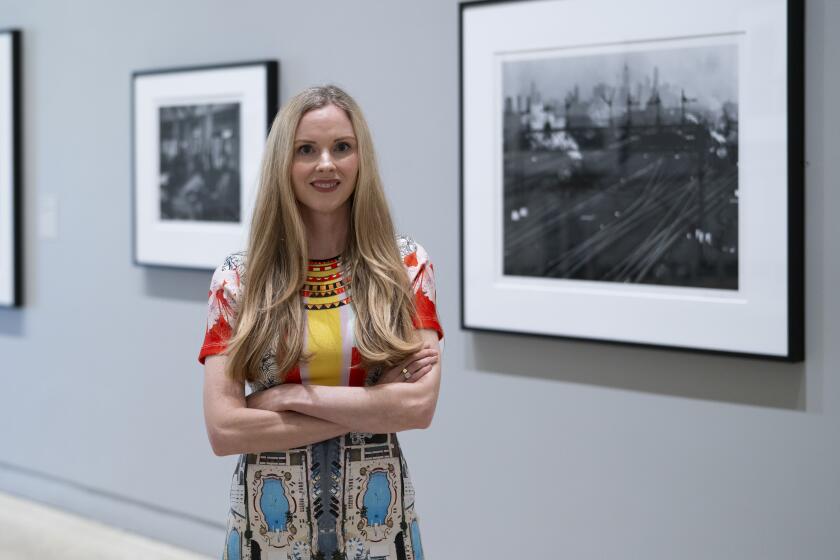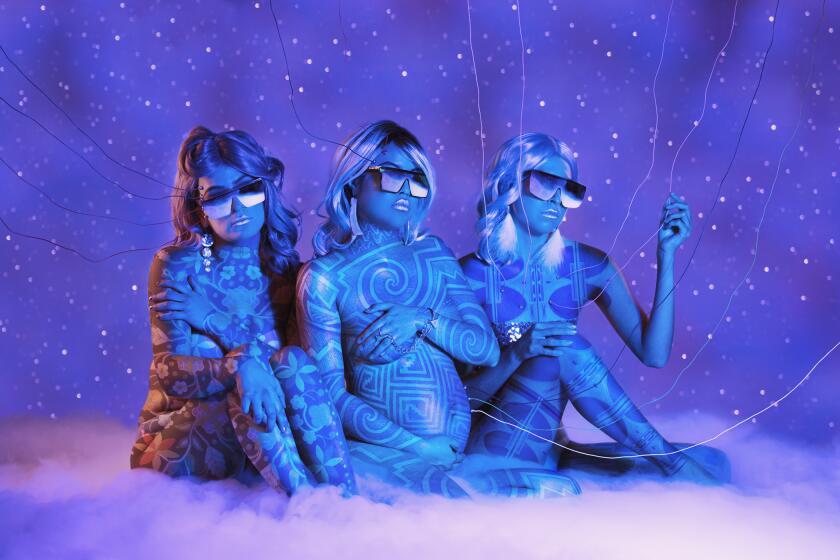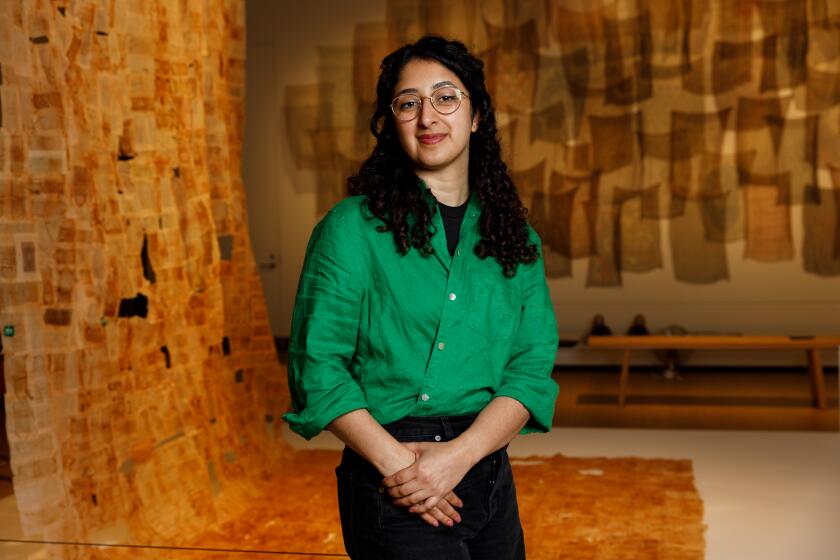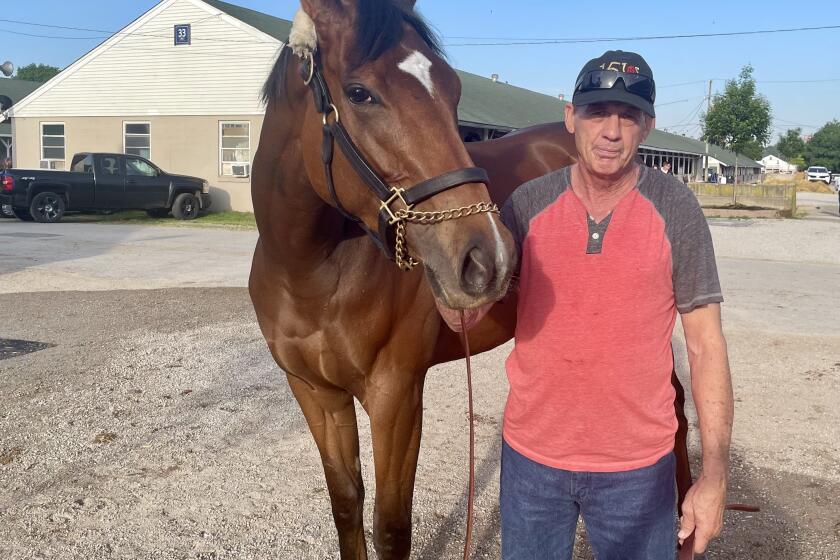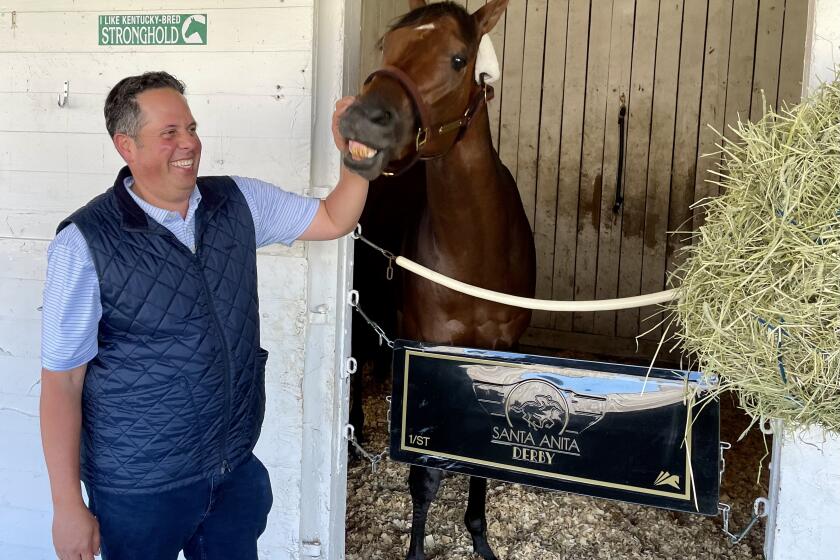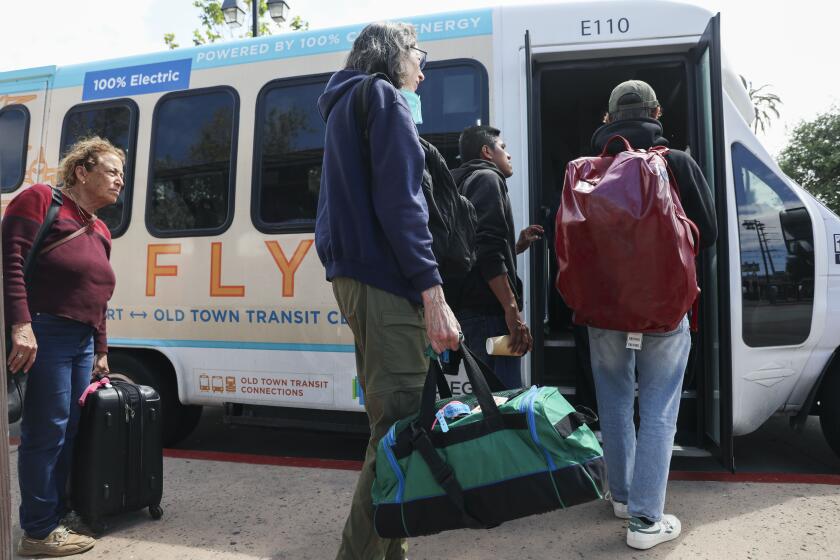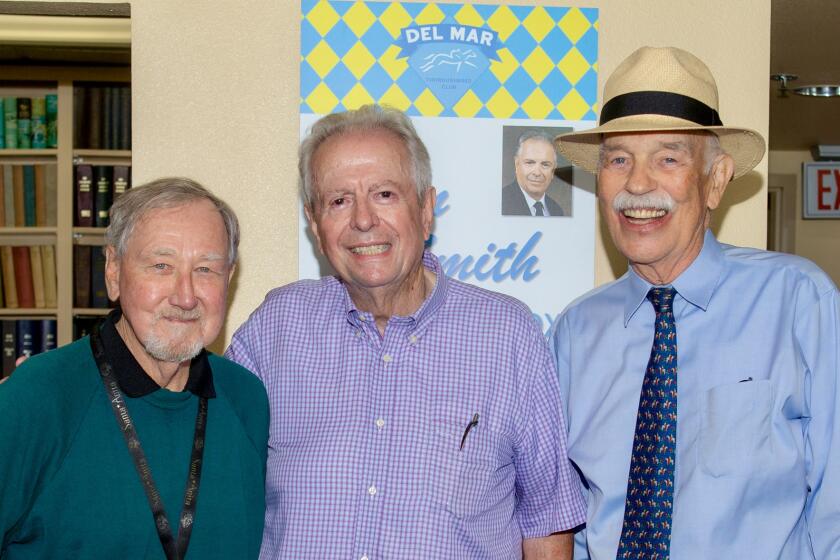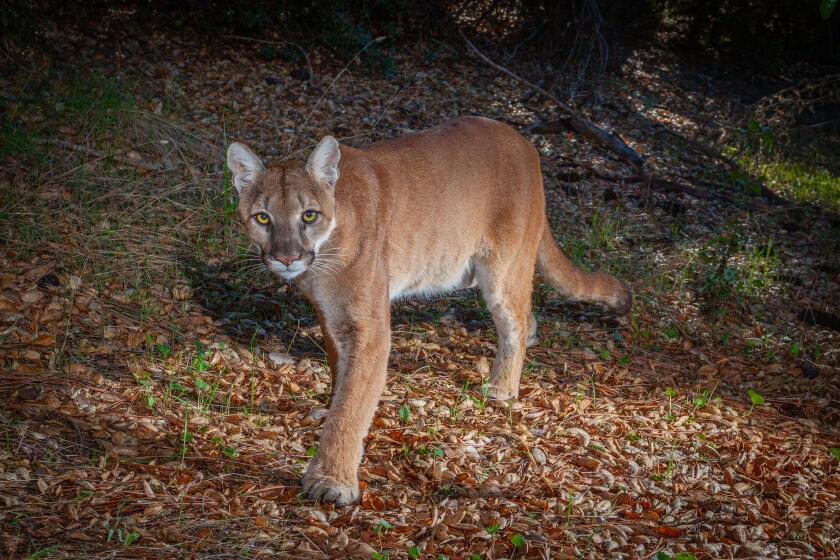Anti-trafficking filmmakers in San Diego to compel others to ‘Wake Up’
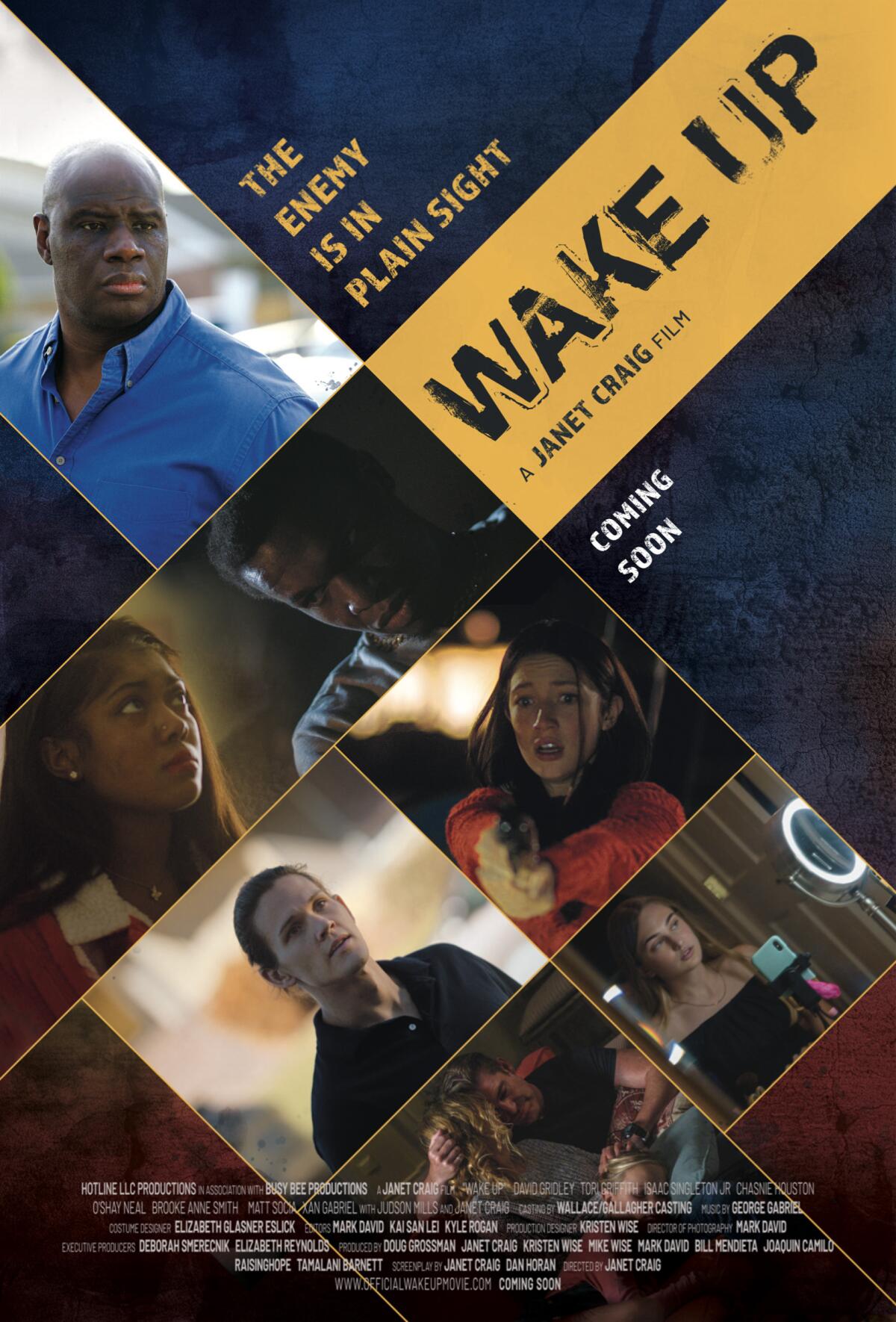
Janet Craig and Kristen Wise stop in San Diego to screen their anti-trafficking feature-length film ‘Wake Up’ and host a panel discussion afterward, connecting people to local organizations working to help human trafficking victims
Once they knew, that was it. Janet Craig and Kristen Wise had to do something to help, and their hope is that everyone who watches their film, “Wake Up,” will be compelled to do something, too.
Craig and Wise have been friends for more than 20 years. They’ve fostered children with their families, they go to church together, and now they’re filmmakers working to raise awareness about human trafficking and the vulnerability of foster youth in an industry that generates more than $100 billion in profits annually, according to the International Labour Organization. Based on real-life accounts from foster youth and trafficking survivors, their feature-length thriller focuses on two foster youth who are targeted by a sex trafficking operation and the ways that multiple lives intersect in their rescue. It’s being screened locally at 5 p.m. Saturday at UltraStar Cinemas Mission Valley, 7510 Hazard Center Drive, No. 100, San Diego. The screening will be followed by a question-and-answer panel with Craig and Wise, along with participation and/or support from Aetna, Shyne San Diego, RaisingHOPE, Forever Found, and others.
Craig is writer, director and one of the leading actors in the film, and Wise is a producer. Both women are mothers to four children, and they took some time to talk about their experiences fostering kids in their community, their desire to help kids and work with anti-trafficking organizations, and their hope that their film will inspire others to help in their cause. (These interviews have been edited for length and clarity. )
Craig: I had always wanted to adopt, from the time I was really young. With the first foster placement we had in 2009, everyone in our family fell in love. The second baby that we fostered, we were able to adopt, so he’s my son and he’s been in our home for almost 12 years.
One of the things that inspired this movie is that Kristen and I both saw things that were going on in the system that we were discouraged by: children would be moved from one house to another house, from one county to a different county, and they lose traction on the process for their own lives. We were seeing that kids were being abused, their social workers were being moved from one case to another, and there was a big burnout rate for the social workers. We felt like we were seeing things that were happening in foster care that might need help.
For me, one of the things that’s really hit me is how important it is to help families; not just the child, but each of the individuals involved in a family need to be considered. We should care tremendously for the child, but all of the individuals involved need to be cared for or it won’t actually help the child. If the birth family is not helped, if the foster family is not helped, and the emphasis is on the child alone, those other people who are trying to rally around the child can’t get the support they need.
Wise: Janet and another friend at our church kept telling me, “Kristen, you need to be a foster mom.” I thought, “How do you have these kids and not become attached to them? If you’re going to be a foster parent, you’re going to love them and treat them like your own kids, right? How do you do that and then give them back to families that are horrible?” That’s what I used to think, and that’s what I hate about myself. I hate how I was. What I learned really early on is that we are so fortunate to be born into the family that we’re in, and we felt called to get to know the parents of the kids we were fostering. We’ve had kids for a day, and we’ve had kids for well over a year. We’ve had well over 100 kids in our home over the years. We’ve learned that some of these parents didn’t know it was wrong to do drugs because their parents and grandparents did drugs. Or, their sisters and cousins were convicted of felonies, so it’s all they know. They have stressors we could never understand. Being friends with the biological parents is important because the goal of fostering is always reunification, unless it’s not safe or adoption is the best answer. So, we have relationships with every biological family that would let us. I think it’s easier and better for the kids if they can see us being friends. We send them pictures, we put together a scrapbook for them, we try to keep the parents very involved and then they feel better about you. I tell them right away, “Hi, I’m Kristen and I’m on your team. I am here to love your child until you get them back.” That is always my goal. If we can do this as a team for the kids, that’s better for everybody.
Q: Tell us about “Wake Up.”
Craig: For her birthday, my oldest daughter asked to go to a fundraiser for an anti-trafficking organization called Forever Found (which happens to be one of the organizations we’re supporting with this film). At that fundraiser, I heard the story of this beautiful, articulate young woman who’d been trafficked, and I knew I had to do something. I wanted to bring the entire world into that room to hear this girl because then I knew everyone would feel the way I did, and that they had to help.
As foster moms, we are aware of the statistics that say over 60 percent of kids that are trafficked have been in the foster care system in some way, so they’re a really vulnerable population. So, we wanted to make the film about both foster kids and trafficking, but we wanted to make something that would have people on the edge of their seats when they’re watching. I kind of wanted to make it “Taken” meets “Crash,” so we made a story where we see lives intersect and impact each other in this world of trafficking. It’s a thriller, but we also wanted to make it so people could watch it and it wouldn’t be exploitative, so there’s no nudity. We wanted teenagers to be able to see it because we want to open everyone’s eyes. It’s not just a story about good versus evil, but about people capable of both. We wanted to show what’s happening and different ways that it’s happening in communities all around us.
Wise: The purpose of our film is to bring awareness that leads to action. Like Janet said, we have had so many amazing panelists, and we’re visiting 13 cities in 26 days. These organizations — from law enforcement agencies to advocates to people who help with aftercare of trafficking — are amazing. We wanted boots on the ground so that everyone will realize that they can do something. Not everyone is going to be a filmmaker or a foster parent, but everybody can do something. Our hope is that it wakes up everybody and that they don’t have an excuse to not do something because now they can’t say they didn’t know. They can’t be ignorant now. We had a friend see the film and say afterward, “I wish I was still ignorant. I have to do something because I know now.” Once you’ve seen it, you know. Not only that, but we’ve just given you a number of different organizations that you can plug into, in your community. So, that’s our hope, that it will wake up everybody to do something.
Q: What compelled you to tell this particular story?
Wise: Well, Janet is very persistent. Seriously, though, our heart for the kids and what we’ve seen. It’s like anything, you don’t know until you know. I think I know what it’s like to be a journalist, but I don’t. I thought I knew what it was like to be married because I dated my husband for six years, but I didn’t know. So, you don’t know until you know. We’d seen so many things that just aren’t right. Me and Janet were in a prayer meeting together and both felt like this needed to be a movie because that’s how you get the word out. People are willing to watch a movie. Nobody’s going to want to read a book that I write or listen to me speak about this, but people like going to movies. We thought it was the best way to get the message out.
Q: Can you talk about your research process for the film?
Craig: I’ve been involved in training through anti-trafficking organizations, and my co-writer is a police officer who was with the [Los Angeles Police Department] who has experience with anti-trafficking and what was going on in the streets of Los Angeles. I’ve also been working with advocates, like Rachel C. Thomas, who’s on the United States Advisory Council on Human Trafficking. She came on board with our project and helped me out with some of the dialogue and really vetted what I had written to make sure that it was accurate. We really wanted to make a film that people wouldn’t say, “Oh, that doesn’t really happen.” Also, as a foster mom, a lot of these stories were inspired by true events, things that we’ve experienced. I had a couple of guys who were on the forefront of rescuing girls in Nicaragua, giving me their perspectives of the same rescues, as I was writing the script. I was able to take truths that we’ve heard and mix up the names and stories enough so it’s all based on true stories, on things that are happening.
Q: What did you learn about the connection between foster care and human trafficking?
Craig: What I’ve learned is that human trafficking is in every neighborhood around the world. It’s happening all around us, everywhere, and there are people involved in all different aspects. Like I said earlier, it’s not a simple story of good versus evil, but of people capable of both. There are wonderful foster families and there are also people in the foster system who aren’t doing a good job. Or, foster kids who get trafficked will be used by the traffickers to traffic their friends. There’s a lot of manipulation and kids can get targeted without even knowing they’re being trafficked. They think it’s just a boyfriend or just a girlfriend taking them out to do some partying, and then they’re in it. We wanted to show that’s it’s not only the foster kids, but even girls in the suburbs, so we have quite a few stories that are interwoven. One of the foster organizations we work with is called RaisingHOPE, and the founder has said that it just takes one compassionate adult to change the course of a child’s life. We definitely think that foster youth are vulnerable, and they’re vulnerable because they don’t have that one person. We’re hoping to wake up those compassionate adults, that we’ll wake up people who may be stuck in doing things they may not know are contributing to trafficking. Then, they’ll wake up and say, “I want to do something. I want to be a protector rather than a predator.”
Wise: Kids in foster care have all experienced trauma in one way or another, whether physical or emotional or both, and kids that have experienced trauma are more vulnerable, automatically. I’ve learned a lot of statistics, but we’ve also learned that there’s a lot of wonderful organizations for foster kids. I don’t want to paint foster families in a bad light because there’s some wonderful families with a great heart to help kids who’ve been through a lot.
Q: What makes foster youth particularly vulnerable to human trafficking?
Craig: Whenever a child is isolated, they’re vulnerable to trafficking. Since foster youth have oftentimes been abandoned, abused, or neglected, they’re used to being treated poorly. They have peers, and maybe some social workers who are wonderful, working with them, but they don’t have people watching them very closely and being consistent in their lives. They’re easier to target because they’re used to inconsistencies, and there’s the manipulation that can happen when a parent might be a drug addict, or they’re alone as children and don’t have the resources that other people have. That makes them isolated and vulnerable.
Q: For people who may not be familiar with how San Diego factors into human trafficking work and advocacy for its victims, can you talk a bit about why you wanted to screen the film here this weekend?
Craig: One of the things that we wanted to do with this movie is go to places where there are wonderful organizations on the front lines already actively fighting trafficking, so we can play the movie and audiences can see the people in their communities doing this work. Shyne San Diego is one of those organizations and they’ll be at the screening and the panel discussion. We are also sponsored by Aetna, which has a human trafficking treatment program for trafficking victims.
Q: What happens after raising awareness about the prevalence of human trafficking locally? What can people do beyond that?
Craig: On our website, we have information on what to do if you see trafficking (which is really to call local law enforcement). We also have three organizations that we’re promoting and we’re giving 100 percent of our profits to these three organizations. We want people to see the film and then be able to plug in right away with local, frontline advocates in the ways that they feel led, whether they want to give their time, their talents, or their money, or just feel led to either become foster parents or be advocates for foster kids. One of the questions I had when I made the movie was, “Why do we have a multibillion-dollar industry of people being trafficked?” They don’t have an industry unless there’s a big demand, and it’s huge. So, I wanted to explore that and expose that, and hopefully convince people to just do something about things that could be creating problems rather than helping these kids.
Get Essential San Diego, weekday mornings
Get top headlines from the Union-Tribune in your inbox weekday mornings, including top news, local, sports, business, entertainment and opinion.
You may occasionally receive promotional content from the San Diego Union-Tribune.


